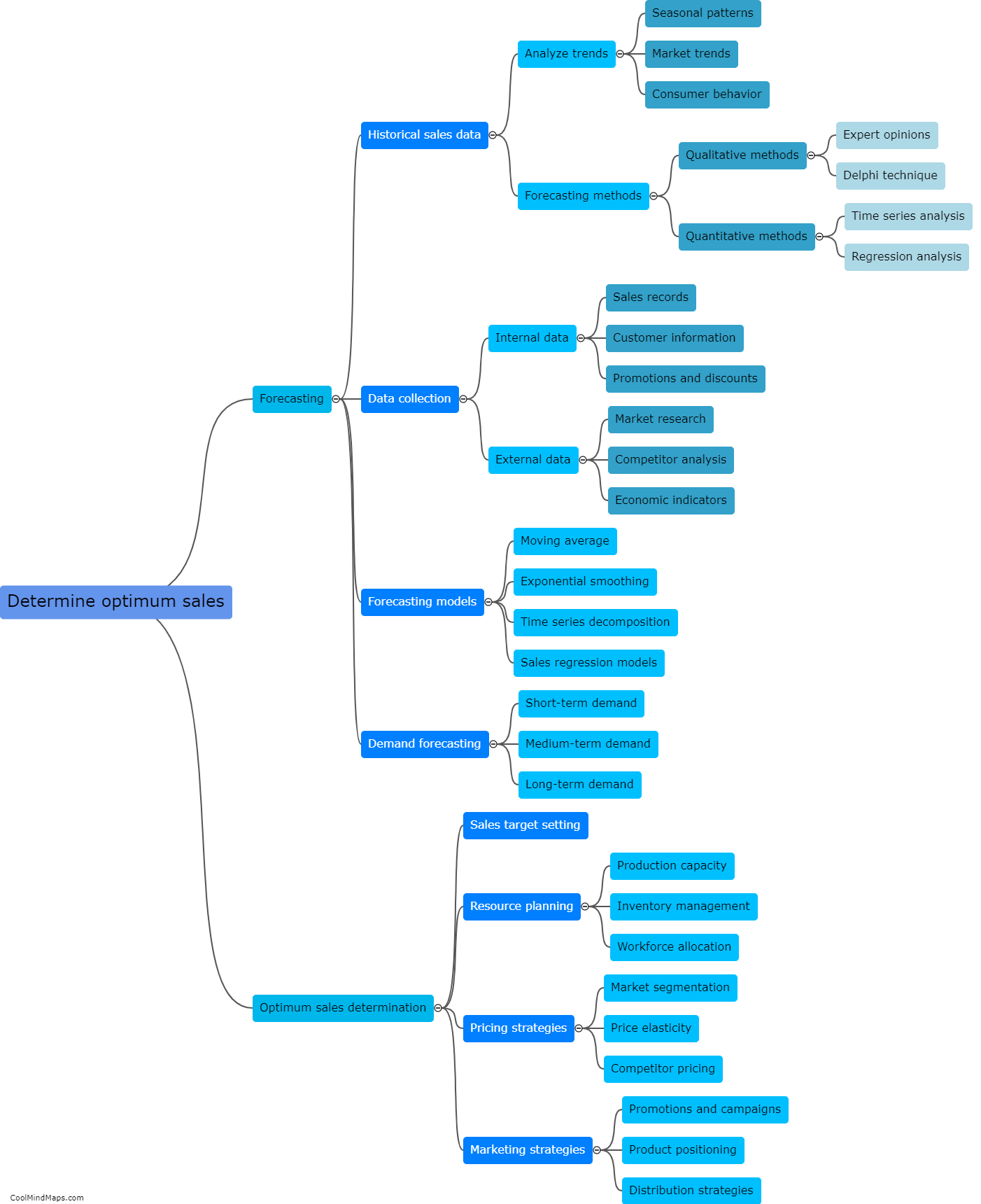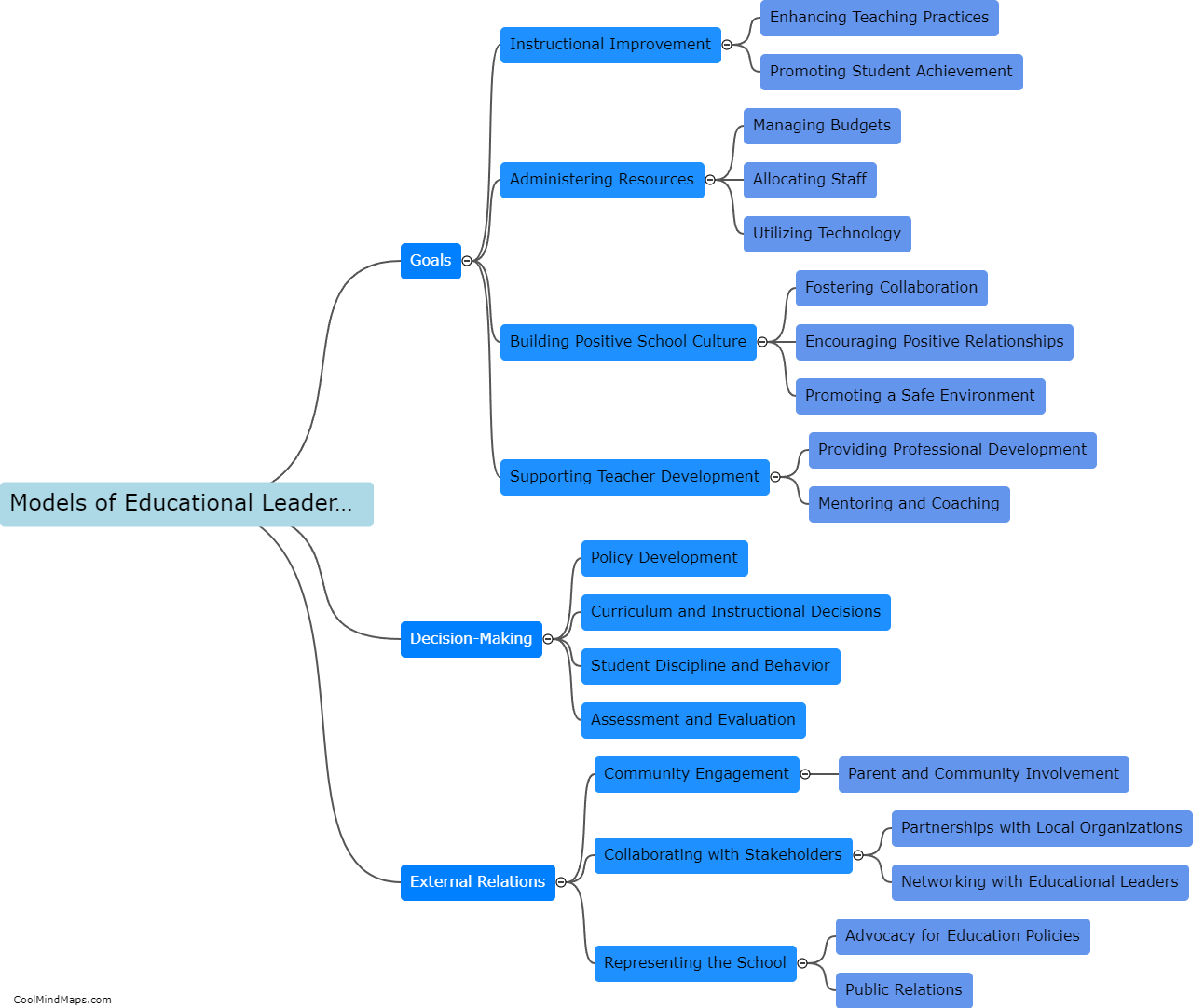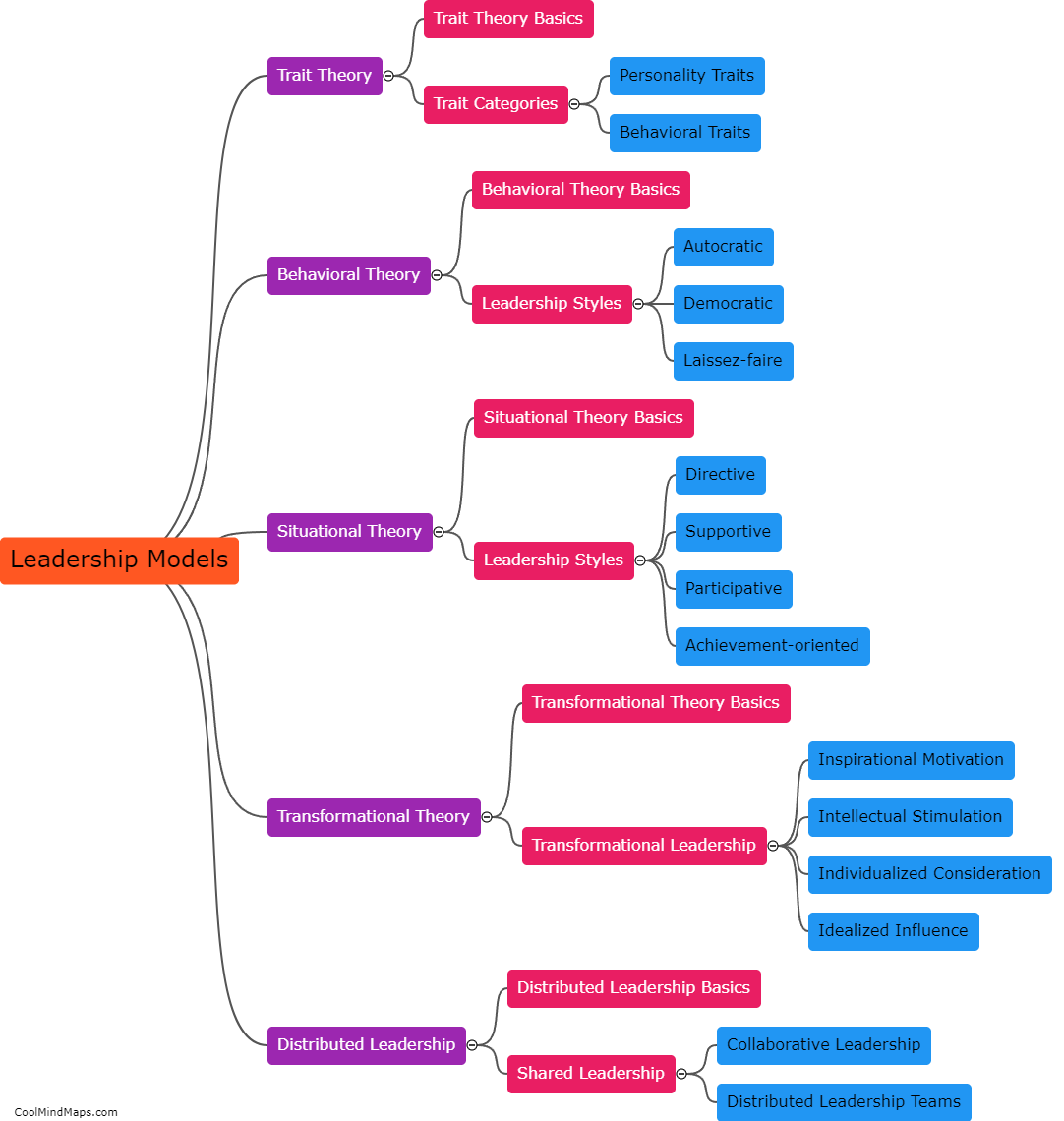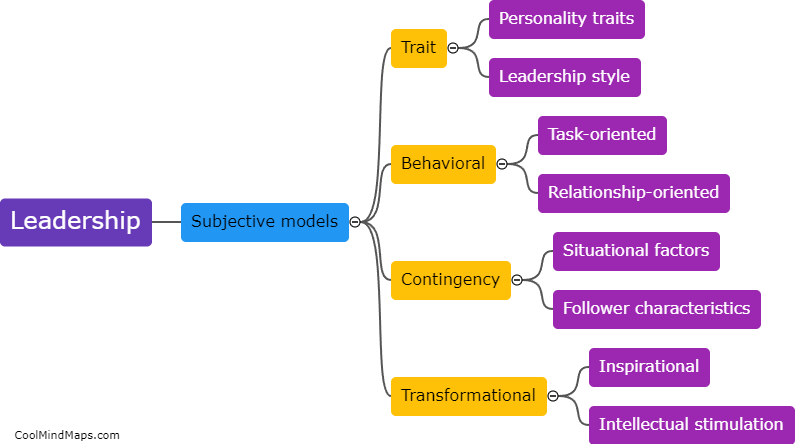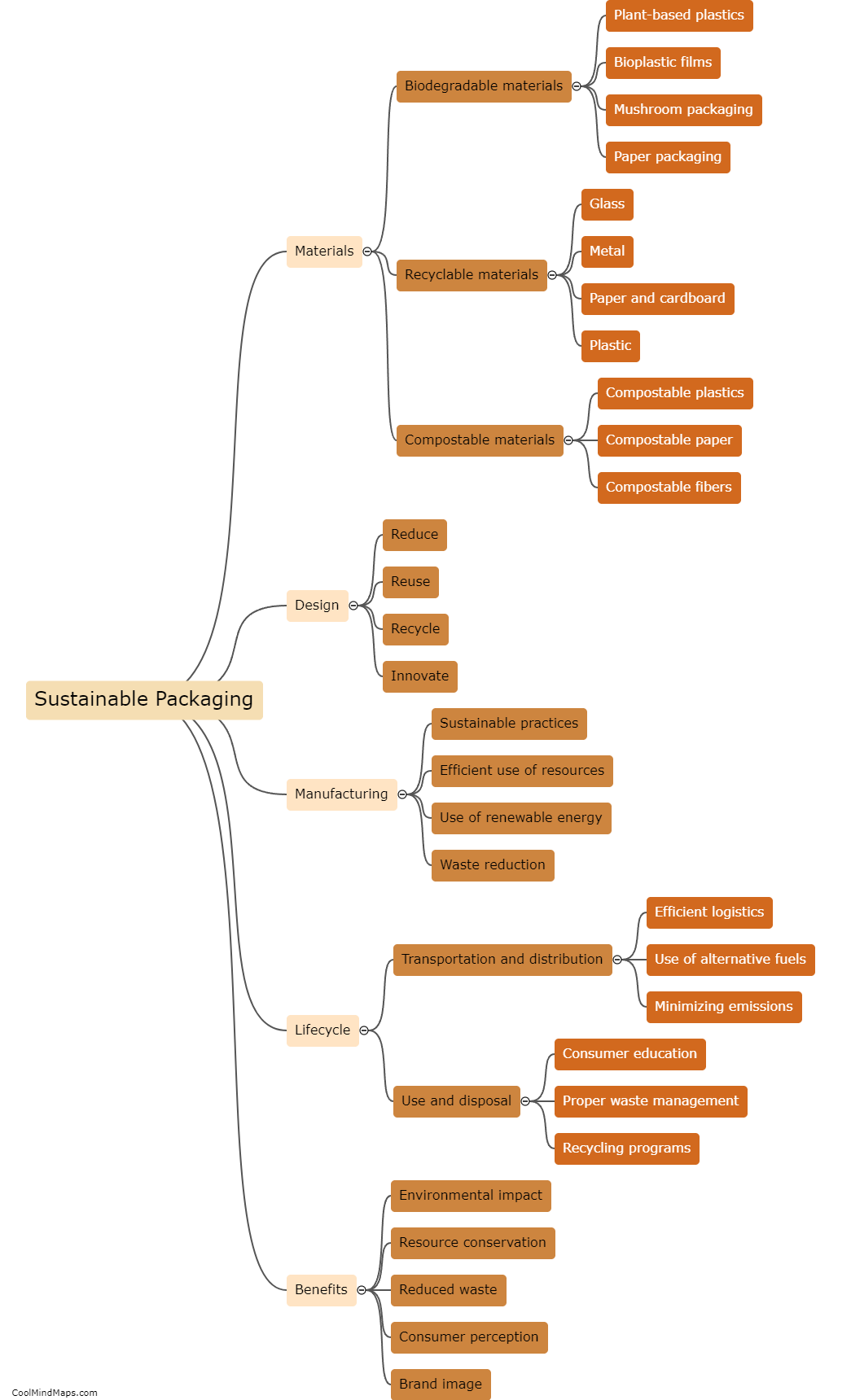How do collegial models differ based on structure?
Collegial models can vary significantly based on their structure, which refers to the way power and decision-making are distributed within an organization. One common structure is the horizontal collegial model, where power is shared equally among members of a team or department. This promotes collaboration, open communication, and collective decision-making. In contrast, vertical collegial models have a hierarchical structure with clear lines of authority and decision-making concentrated at the top. In this model, collaboration may be limited, and decisions are often made by those in higher positions. Additionally, there can be hybrid collegial models that combine elements of both horizontal and vertical structures. These models may have specialized task forces or committees that work collaboratively, while still maintaining a hierarchical structure in terms of overall decision-making. Overall, the structure of collegial models can significantly influence the dynamics and effectiveness of an organization.

This mind map was published on 19 December 2023 and has been viewed 83 times.


